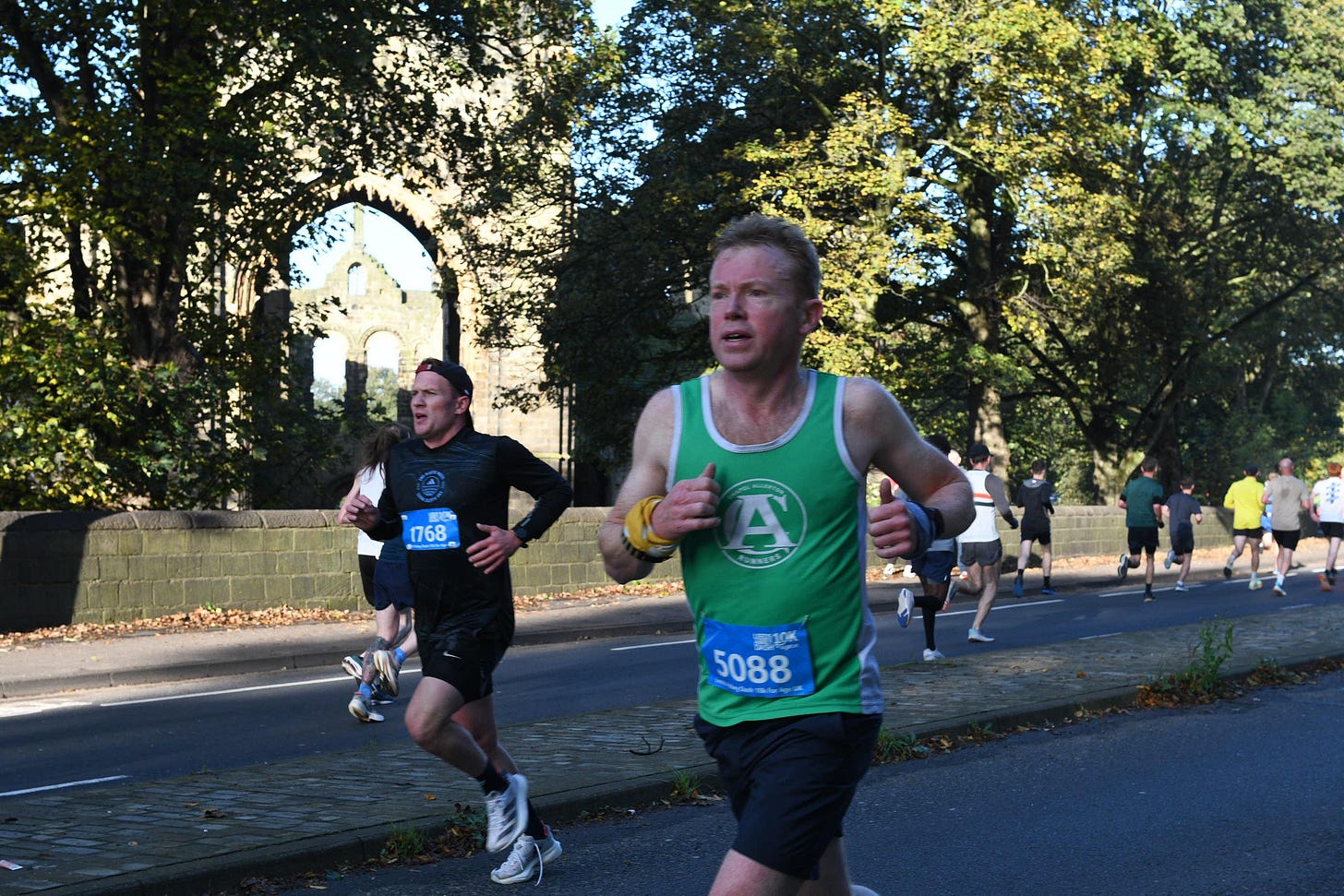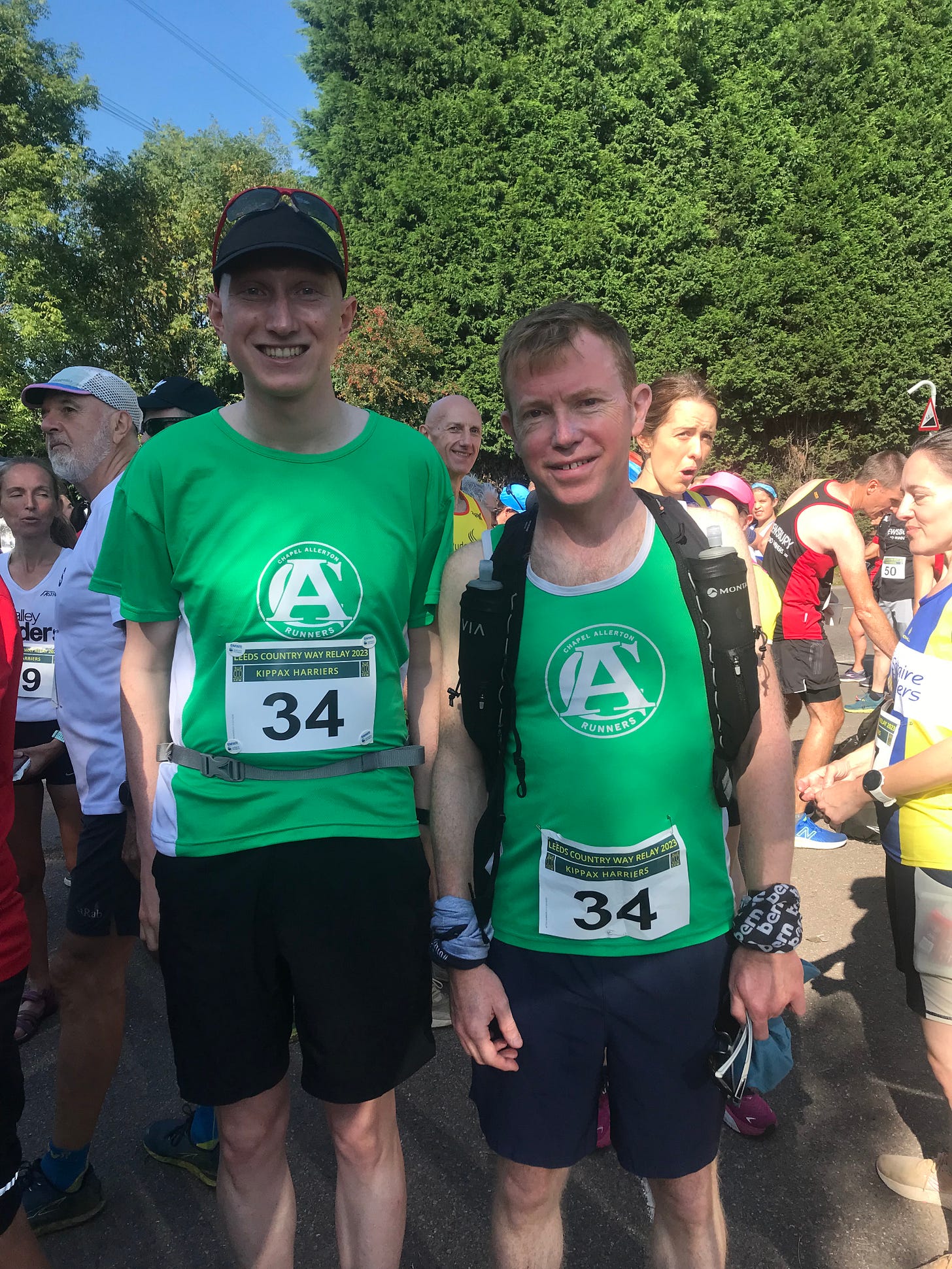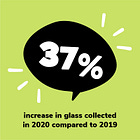What I Talk About When I Talk About Climate Change
What if our conversations about the climate crisis began with a chat about the things that we love the most?
One of the things I enjoy most in life is running.
Or more specifically, running in races.

Races help me tap into a part of my personality that doesn’t come to the fore that often.
My competitive streak.
It might well be the case that most of my working life has had more to do with co-operation than competition.
But put me on a start line, and all that changes.
I love it.
As a ginger runner, I follow weather forecasts closely 🥵
I’m not made for hot weather.
And I’m certainly not made for running in extreme heat.
So it figures that one of the main ways I’m noticing how extreme weather is becoming more common is how often I end up running in intense heat.
Most recently two races in a week, in the middle of a *September* heatwave.
And then you’ve got winter racing - which I enjoy more for obvious reasons - impacted by increasingly frequent storms and flooding.
It’s a small reminder for me of how the climate is changing, right here, right now.
Talk with people about whatever it is that they care about.
I spend a lot of my time wondering about how to talk with people about the climate crisis.
I think a lot about how to involve more people in conversations, and how to build movements that will create the kind of changes we need.
And I know how hard it can be to have these conversations.
With my pilates classmates, for example.
Challenging conversations
I laid myself down on the exercise mat and closed my eyes. I was early for the class — it’s a popular one and you need to get there handy to bagsy a good spot. It was nice just to have a few minutes, as others arrived, set themselves up and chatted about this and that.
So I’m always on the look out for inspiration on how we can have better conversations that involve more people - and which encourage them to get involved in climate action.
That’s why I really enjoyed this talk from climate scientist and communicator
(who’s well worth subscribing to on here by the way).There’s a lot I liked in this talk - themes you can find in her book - Saving Us - too.
But in particular I liked the emphasis on starting conversations about climate change by finding out what people are interested in.
Asking what are the things that matter to them. The people and places that they care about most.
With that starting point, you can begin to build a relationship. Hear what matters to people. Find common ground. Understand what people are enthusiastic about. Worried about, maybe.
Then you might well take the opportunity to broaden out discussions - to changes you’ve seen in the weather, and perhaps the impacts that extreme weather has had where you live. Like running more of your races in extreme heat, for example…..
So, are we saying that environmentalists are bad at communicating?
Trewin Restorick asked that question earlier this week - and it generated plenty of debate on LinkedIn.
You won’t be surprised to know that the consensus was very much yes, we are mostly pretty bad at communicating.
I like Trewin’s five principles for effective communication about environmental issues.
It’s something I worked on a lot myself in my previous role (which included a couple of years working closely with Hubbub - an organisation Trewin co-founded).
You can see how working with Hubbub inspired our design thinking - like in this glass recycling campaign that we ran in the months after the first COVID lockdown.
Communicating about the climate crisis can be really difficult. Particularly if (as it should be) your aim is to involve more people in the conversation - and help them to work out - together - what we can do.
The good news is there are plenty of people doing a lot of good work to help us to get better at all of this. I’ll keep sharing any further inspiration that I find - and I’d love to hear who and what inspires you too.
PS Hat-tip to Haruki Murakami for inspiration for the title of this week’s newsletter.




